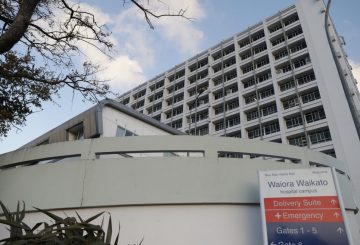Chính phủ New Zealand, dẫn đầu bởi Bộ trưởng các vấn đề khuyết tật, Hon Priyanca Radhakrishnan, đã phê duyệt thêm 73,7 triệu đô la trong bốn năm tới và 40,5 triệu đô la khác trong những năm tiếp theo. Khoản tài trợ này nhằm mục đích chuyển đổi hơn nữa hệ thống hỗ trợ người khuyết tật.
Priyanca Radhakrishnan tuyên bố rằng phương pháp Tạo điều kiện sống tốt (EGL) là trọng tâm để mang lại thay đổi tích cực cho người khuyết tật, gia đình và cộng đồng của họ. Các quỹ trước đây được đặt làm dự phòng trước khi thành lập Whaikaha, Bộ Người khuyết tật.
Bộ trưởng nhấn mạnh sự cống hiến của Chính phủ trong việc chuyển đổi khung hỗ trợ người khuyết tật. Mục tiêu là để cung cấp nhiều lợi ích hơn cho người khuyết tật, người phụ nữ của người Maori, và gia đình của họ thông qua phương pháp EGL, thúc đẩy nhiều quyền tự quyết hơn.
Các quỹ bổ sung sẽ tăng cường các biện pháp bảo vệ cho người khuyết tật, mở rộng EGL sang các khu vực khác, cải thiện các dịch vụ hỗ trợ hiện có và xây dựng cơ hội lãnh đạo cộng đồng cho người khuyết tật.
Radhakrishnan nhắc lại tầm quan trọng của việc cung cấp cho người khuyết tật những lựa chọn và kiểm soát các quyết định của họ. Các sáng kiến của Chính phủ, bao gồm việc thành lập Whaikaha vào năm 2022 và cam kết 863,6 triệu đô la trong Ngân sách năm 2023, thể hiện cam kết của họ đối với cộng đồng người khuyết tật.
Trong khi thừa nhận tác động tích cực của khoản tài trợ này, Radhakrishnan cũng nhận ra sự cần thiết phải cải thiện hơn nữa. Việc phân bổ các quỹ này là một động thái hướng tới sự thích ứng quốc gia của phương pháp EGL và chuyển đổi toàn diện hệ thống khuyết tật
.

















































-660x440.jpg)












